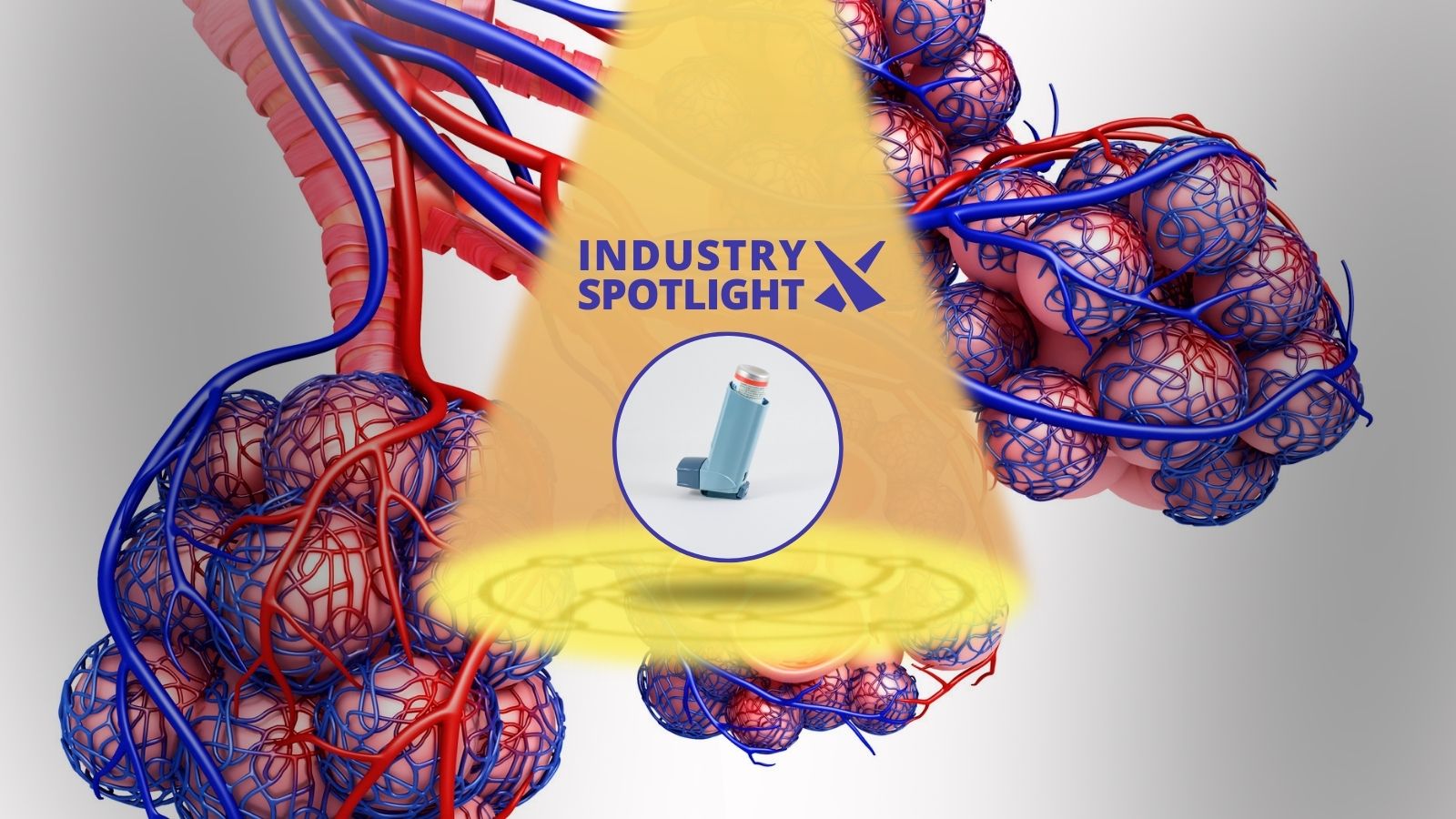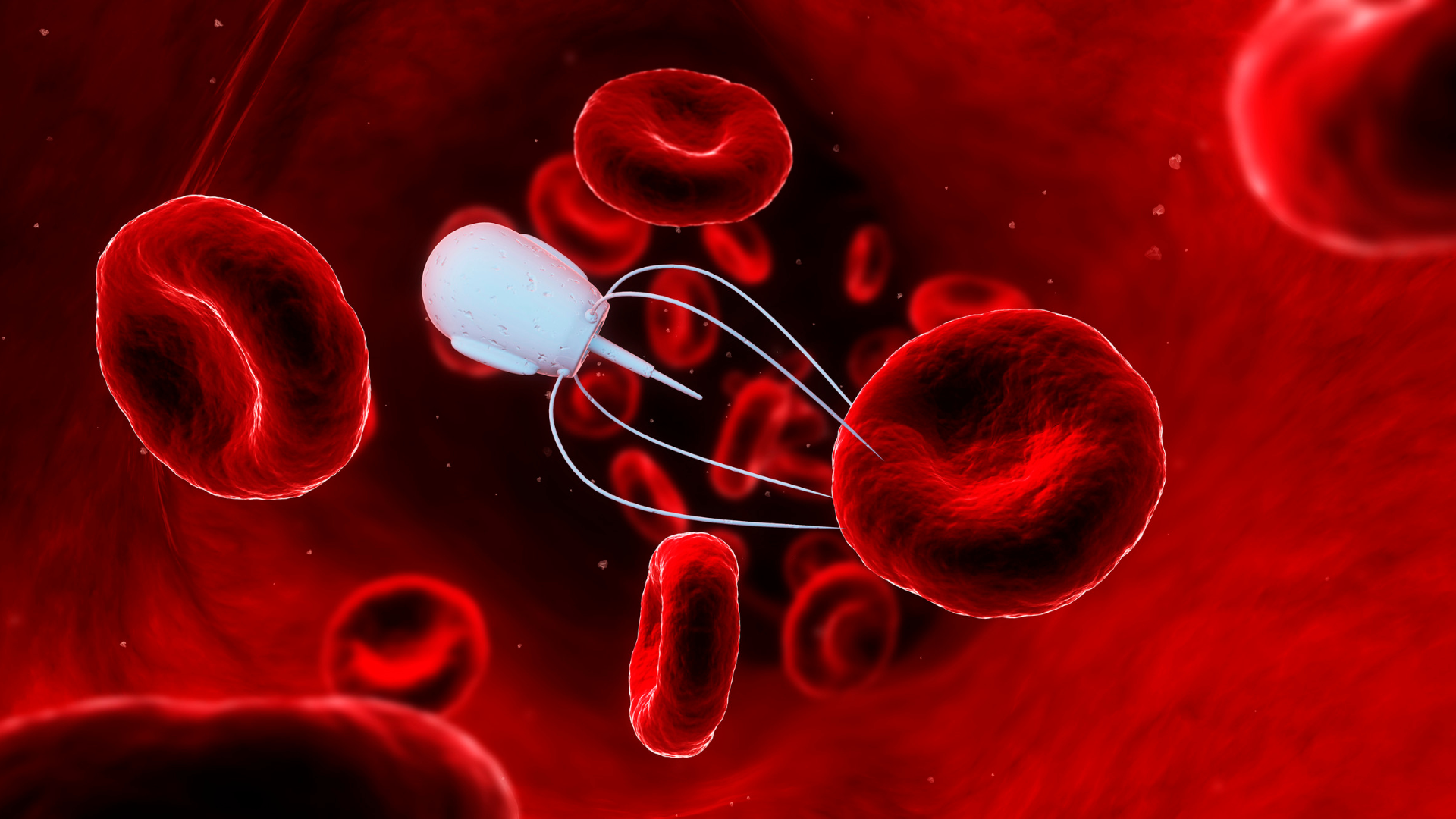Why Inhalation Products Benefit from Patient-Centric Design

Inhalation products such as inhalers enable the direct delivery of therapeutics to the lungs, and are a key example of patient-centric design in healthcare.
Products which are effective, efficient, and easy to use have less of an impediment on the patient’s day-to-day life: the field of inhaled drug delivery should be driven by the needs of specific disease management in a way that works for the user.
With the global market for inhaled products estimated to be roughly USD $52.37bn in 2021, the intake of medication through oral inhalation to the lungs is drawing more attention as an alternative to traditional drug delivery systems.
The conventional targets for therapeutics delivered by inhalation products – respiratory diseases such as asthma and chronic obstructive pulmonary disease (COPD) still make up a large share of the market.
In 2018, an estimated 800 million people worldwide were thought to suffer from a chronic respiratory disease, primarily either asthma or COPD.
While neither disease can be cured, they can be treated through the use of inhalation products to help dilate airways, reduce inflammation, or provide relief from coughing.
Inhalation is the cornerstone approach taken for drug administration to the respiratory system, with inhalers providing an effective means of administering the drug to the lungs through breathing.
Medicines are delivered directly to the site of action, ensuring both rapid adsorption and rapid action in addition to a reduction in the side effects associated with oral medications.
Regarding the variety of inhalation products on the market, there are currently two main choices: dry powder inhalers (DPIs) and pressurised metered dose inhalers (pMDIs).
Key Factors for the Development of Future Inhalation Products
With further developments in the market, inhaled therapies could benefit significantly from a focus on patient-centric design.
Some technical challenges are present in addressing this – compatibility between drug and device is essential for avoiding chemical or physical interactions between the two.
Good delivery performance can be achieved through working on fluid path optimisation: specific functions, such as a dose counter or automatic actuation, may be needed to achieve this.
- Autologous CAR-T Cells: Challenges and Solutions
- Optimising Patient-Centric Design for Inhaled Products
- Sir David Jack: A Titan of Inhaled Medicine
Device manufacturability is also a key aspect to consider, as the final product should be suitable for mass production.
However, it is impossible to develop a drug delivery device for the treatment of illnesses such as COPD without taking into account the relevant requirements set for inhalation products by the FDA and other regulatory bodies.
In addition, manufacturers and developers should always bear the patient journey in mind, and ensure that patient-centric design is promoted wherever possible.
Get your weekly dose of industry news and announcements here, or head over to our Formulation portal to catch up with the latest advances in manufacture and therapeutic delivery. If you’d like to learn more about our upcoming Formulation and Delivery US event, click here to download an agenda or register your interest.







